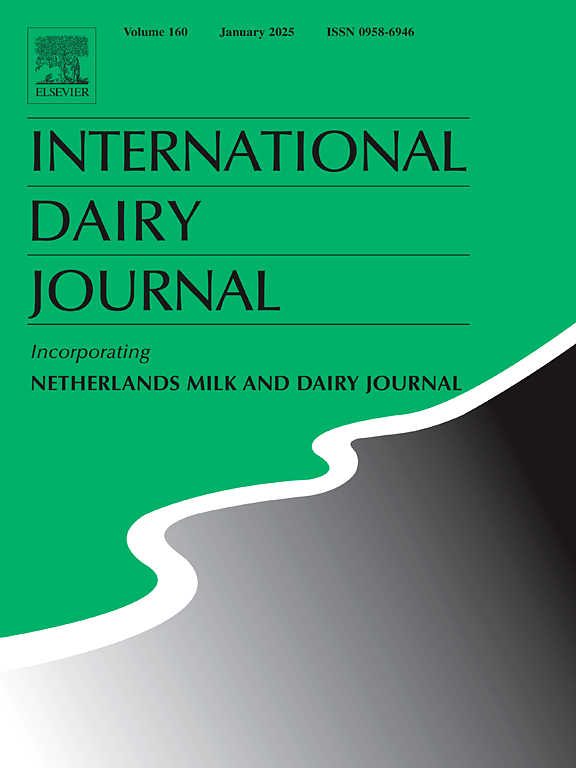人乳中微生物快速定量方法:可行性与评价
IF 3.1
3区 农林科学
Q2 FOOD SCIENCE & TECHNOLOGY
引用次数: 0
摘要
本研究评估了快速微生物学方法的潜力,传统上用于食品和环境样本,以评估母乳库中的母乳(HM)质量。几种方法,包括生物发光、微生物测量(MBS)比色法、三苯四唑氯(TTC)还原酶试验和流式细胞术(BacSomatic™️),与PN-EN ISO 4833-1:2013-12参考方法进行了比较。流式细胞术显示与估计HM中细菌计数的参考方法有很强的相关性,表明其作为一种快速替代方法的潜力。尽管流式细胞术的速度很快(无需预处理即可在10分钟内提供结果),但它显示出一些局限性,表明它可能还不适合作为独立的工具。其他方法,如TTC还原测试和生物发光,相关性较弱,表明外部因素影响其准确性,而流式细胞术很有前景,需要进一步优化才能取代传统方法。本文章由计算机程序翻译,如有差异,请以英文原文为准。
Rapid methods for microorganism quantification in human milk: Possibilities and evaluation
This study evaluates the potential of rapid microbiological methods, traditionally used for food and environmental samples, to assess human milk (HM) quality in Human Milk Banks. Several methods, including a bioluminescence, the Micro Biological Survey (MBS) colorimetric method, triphenyltetrazolium chloride (TTC) reductase test, and flow cytometry (BacSomatic™️), were compared to the PN-EN ISO 4833–1:2013-12 reference method. Flow cytometry showed a strong correlation with the reference method for estimating bacterial counts in HM, indicating its potential as a fast alternative. Despite its speed − providing results in 10 min without pre-processing − flow cytometry showed some limitations suggesting it may not yet be suitable as a standalone tool. Other methods, such as TTC reduction test and bioluminescence, showed weaker correlations, indicating that external factors influence their accuracy, while flow cytometry is promising, further optimization is required before it can replace conventional methods.
求助全文
通过发布文献求助,成功后即可免费获取论文全文。
去求助
来源期刊

International Dairy Journal
工程技术-食品科技
CiteScore
6.50
自引率
9.70%
发文量
200
审稿时长
49 days
期刊介绍:
The International Dairy Journal publishes significant advancements in dairy science and technology in the form of research articles and critical reviews that are of relevance to the broader international dairy community. Within this scope, research on the science and technology of milk and dairy products and the nutritional and health aspects of dairy foods are included; the journal pays particular attention to applied research and its interface with the dairy industry.
The journal''s coverage includes the following, where directly applicable to dairy science and technology:
• Chemistry and physico-chemical properties of milk constituents
• Microbiology, food safety, enzymology, biotechnology
• Processing and engineering
• Emulsion science, food structure, and texture
• Raw material quality and effect on relevant products
• Flavour and off-flavour development
• Technological functionality and applications of dairy ingredients
• Sensory and consumer sciences
• Nutrition and substantiation of human health implications of milk components or dairy products
International Dairy Journal does not publish papers related to milk production, animal health and other aspects of on-farm milk production unless there is a clear relationship to dairy technology, human health or final product quality.
 求助内容:
求助内容: 应助结果提醒方式:
应助结果提醒方式:


